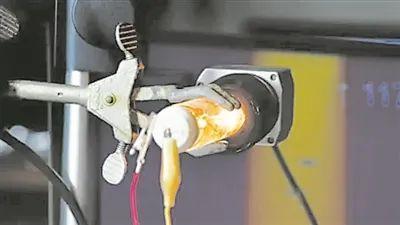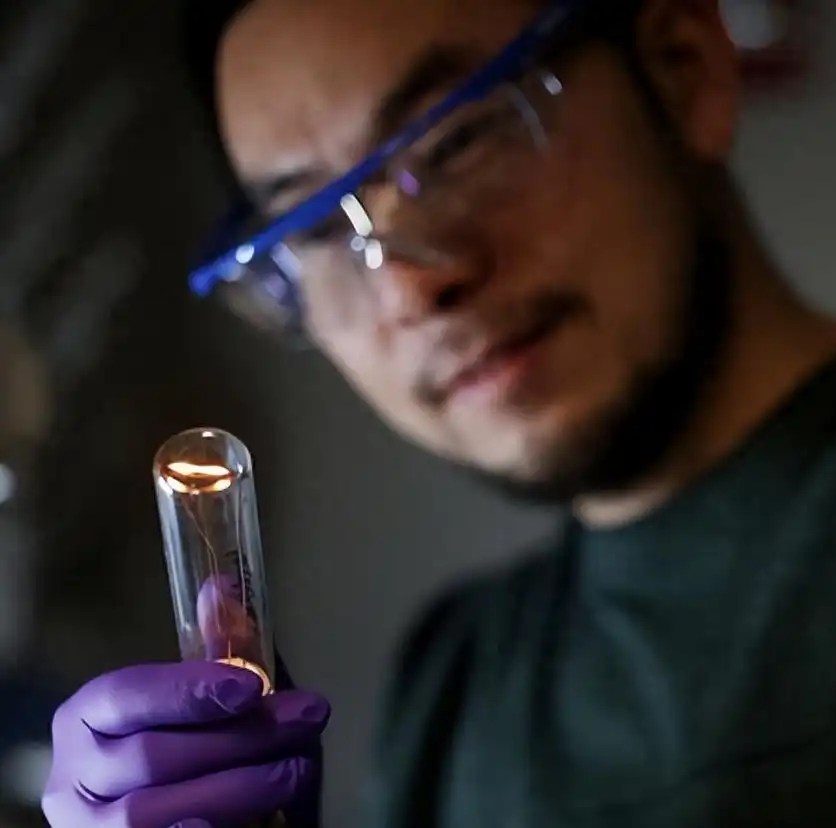Researchers at the University of Michigan have developed a new type of incandescent light bulb. Thanks to the precision design of the filament itself, this bulb is able to emit elliptically polarized light (twisted light) and is 100 times brighter than previous methods. This new design helps to improve people's understanding of basic physics and pave the way for robotic vision systems and other cutting-edge technology applications.

According to the researchers, twisted light can be made using the same technology as the century-old Edison light bulb (filament bulb). Twisted light propagates in a spiral path in space. This property, called "chirality", can distinguish objects based on the unique light distortion emitted or reflected by the object. Twisted light is important in advanced imaging and sensing technologies, helping self-driving cars or robots distinguish between surrounding objects.
Traditionally, it has been difficult to produce twisted light due to its low brightness. This time, the researchers solved this problem by revisiting a classic concept - blackbody radiation.
The basic laws of physics state that all objects emit photons as long as the temperature is above absolute zero. However, some objects absorb the same number of photons as they emit, a phenomenon called blackbody radiation.

Blackbody radiation usually emits a wide spectrum of light and appears white to the human eye. However, the shape of the emitter at the microscopic or nanoscale can change the polarization of light, that is, the direction of its oscillation. The researchers found that when the emitter is twisted at a scale comparable to the wavelength of the emitted light, the resulting blackbody radiation becomes chiral radiation and the photons are twisted.
The researchers said this is the first time such bright twisted light has been created. They envision that using twisted light technology, robots and self-driving cars will be equipped with sensors with visual capabilities like mantis shrimps, which can distinguish different types of twisted light. For example, the unique twists of light emitted by different materials can be used to identify obstacles or organisms.
This twisted light also has the potential to improve other imaging technologies, such as more accurate medical diagnosis and materials science images, and is also of great significance for improvements in communication systems.


